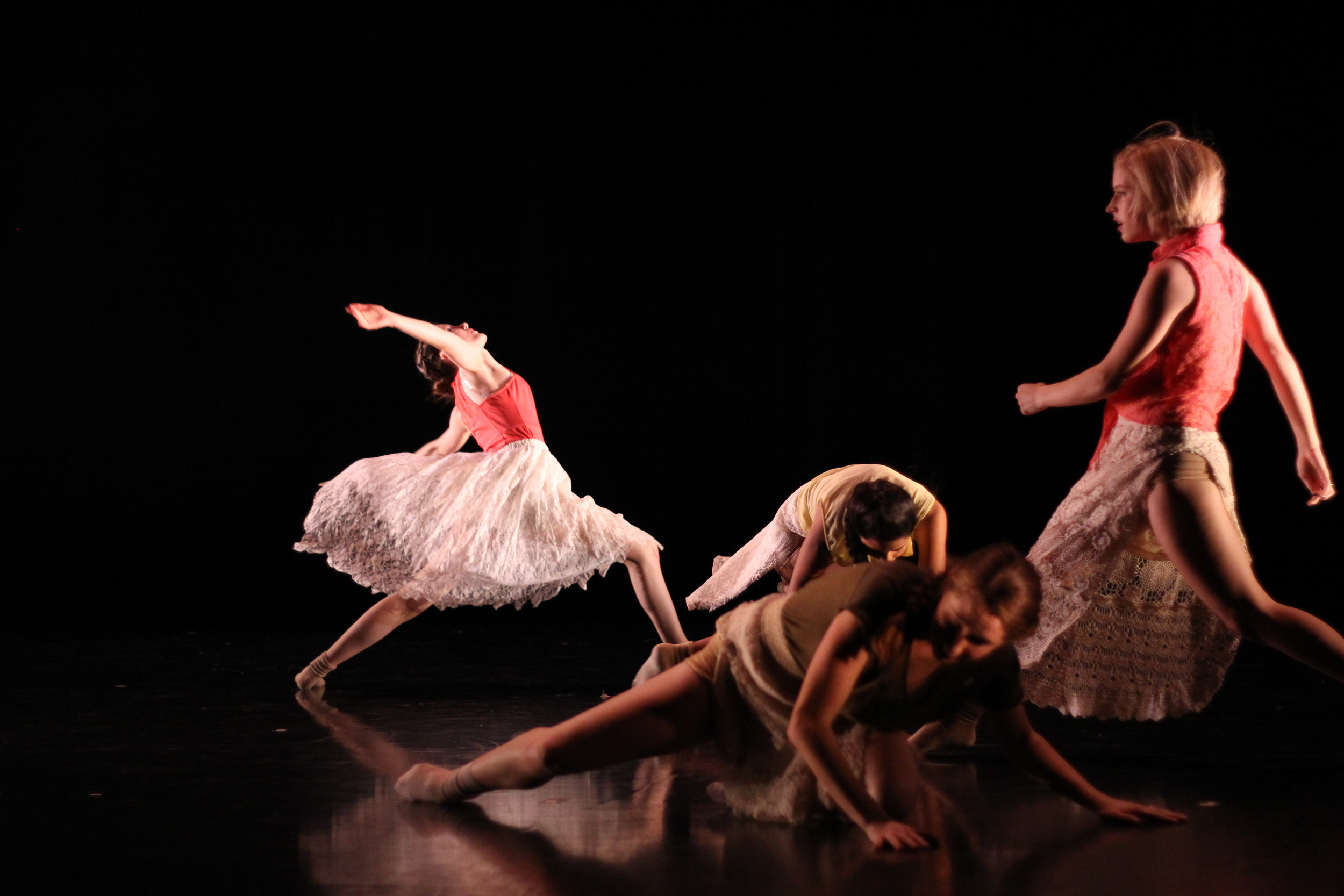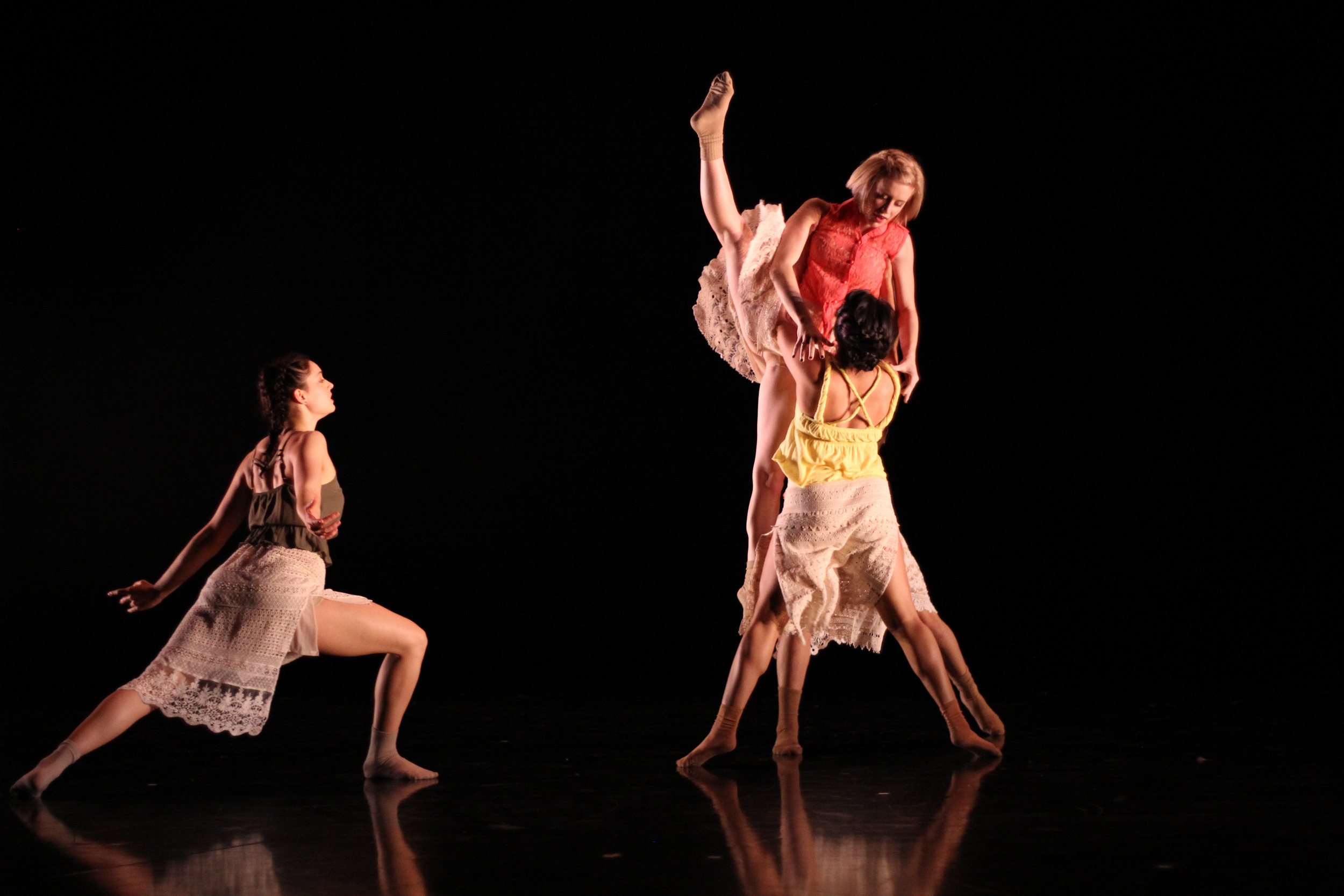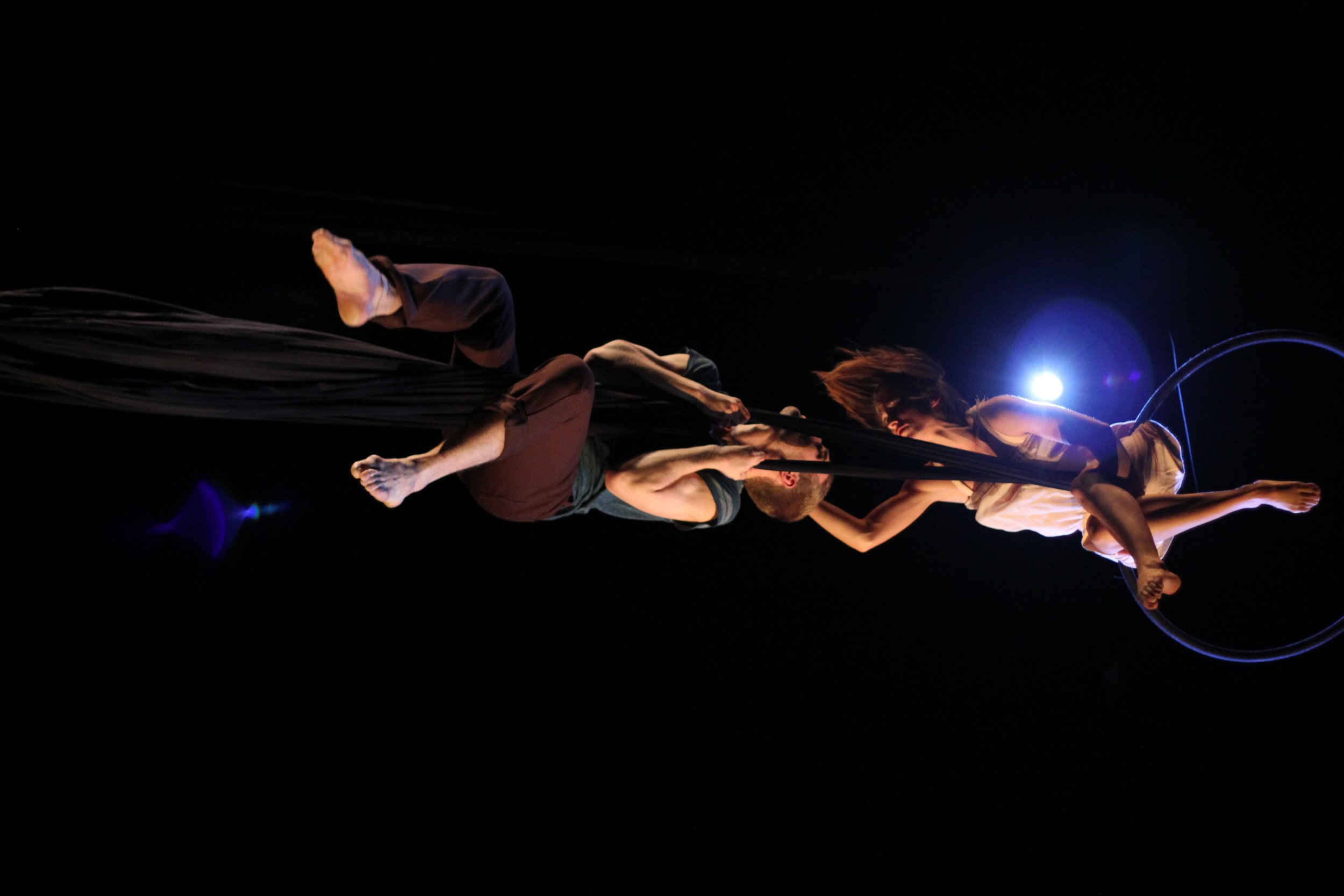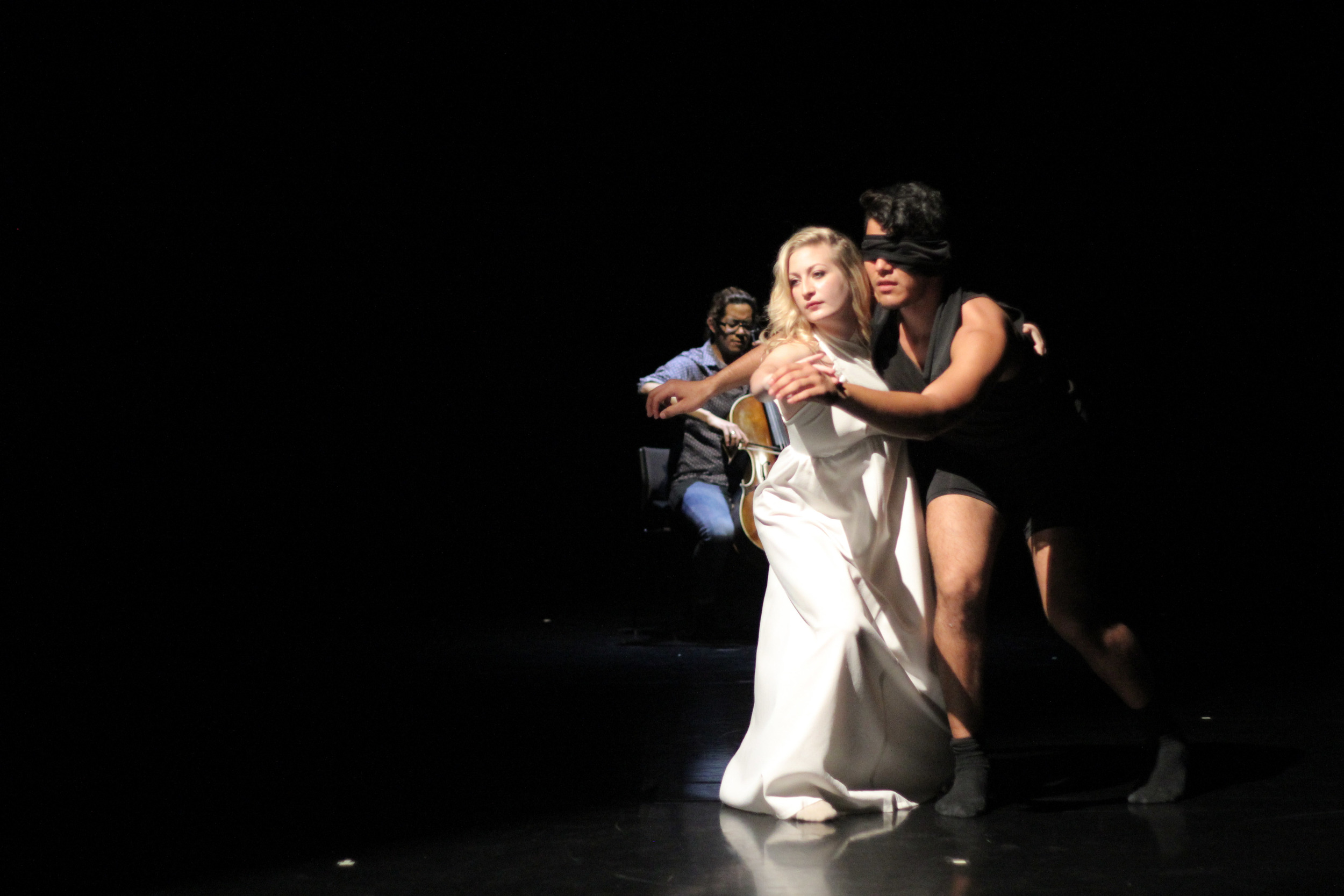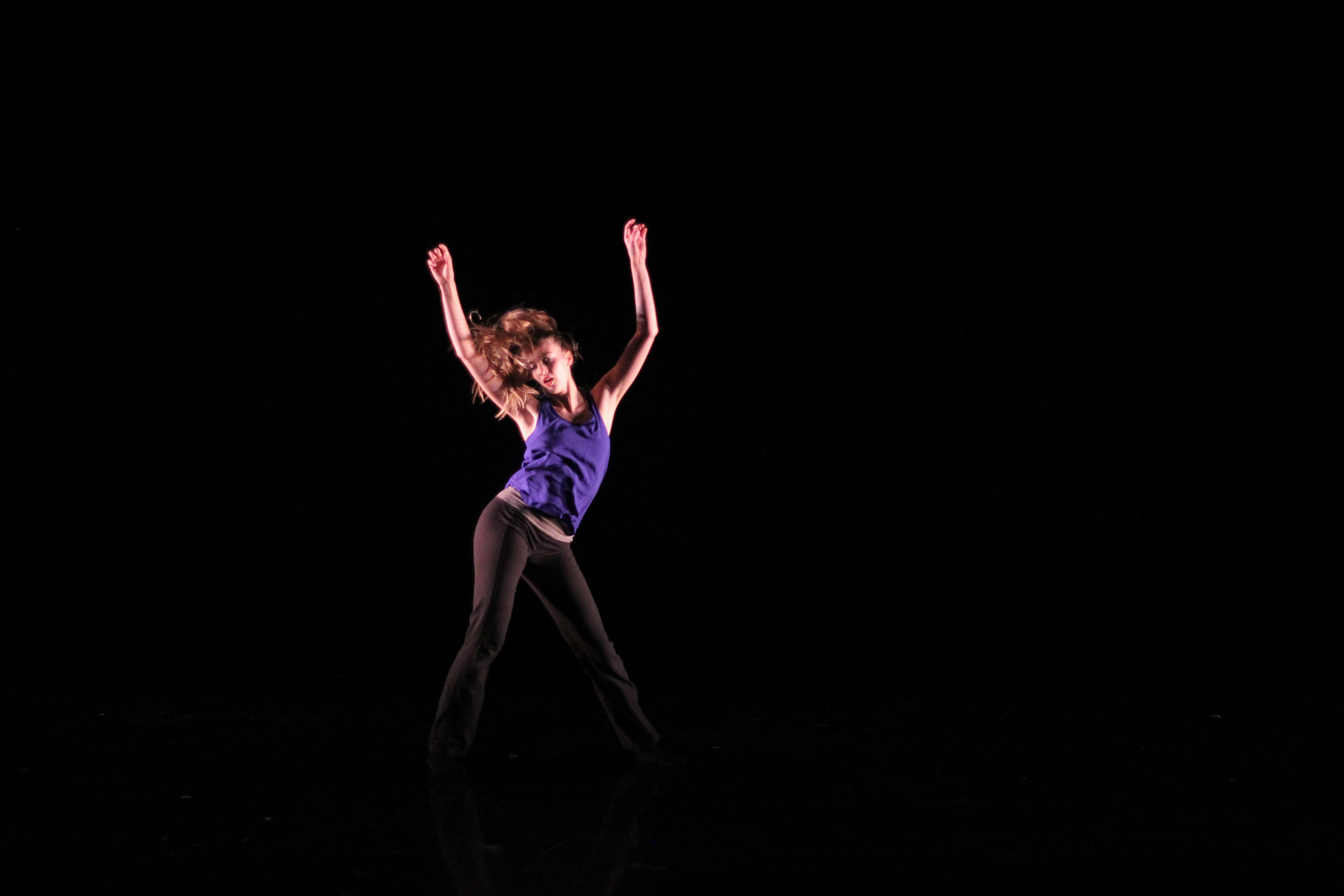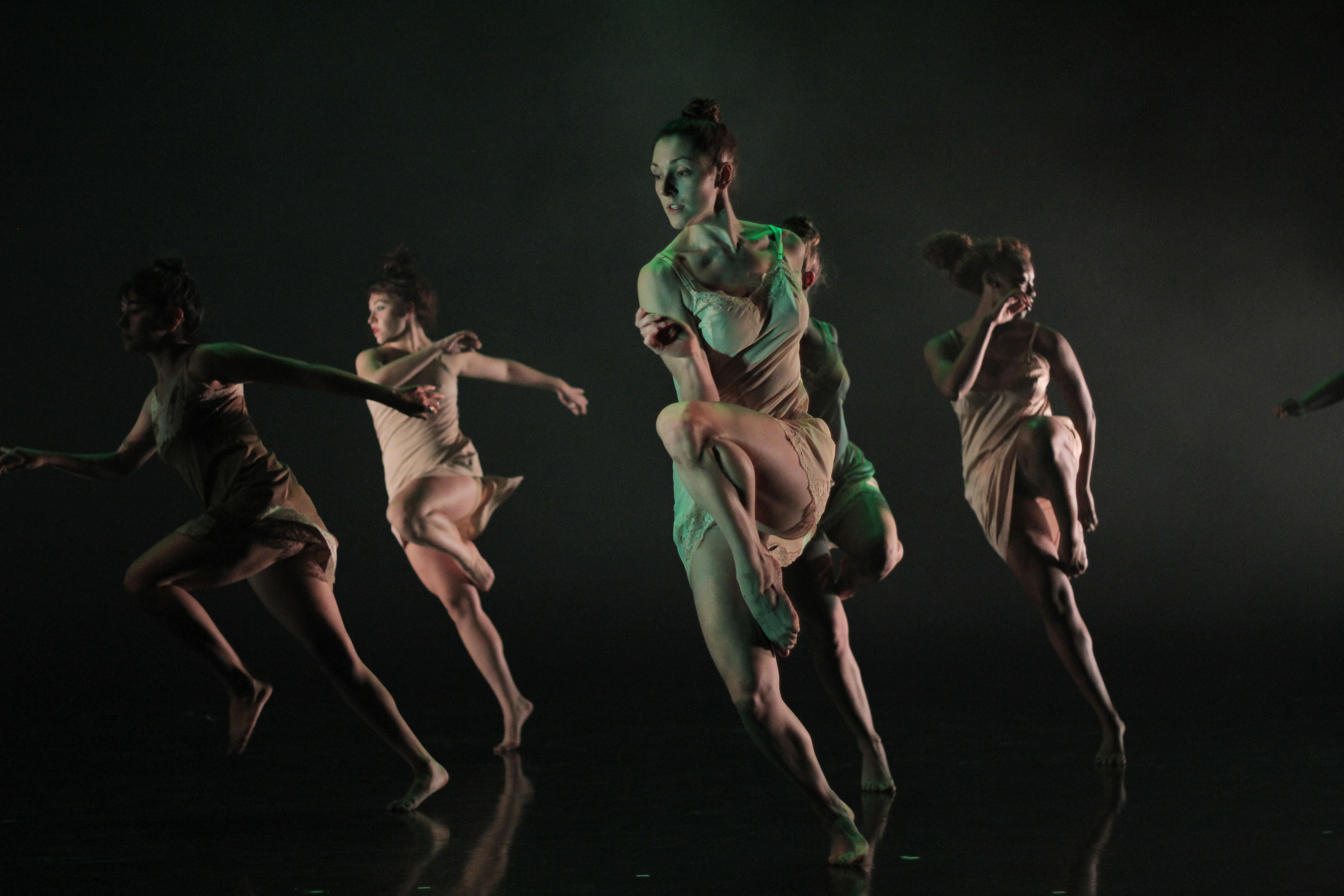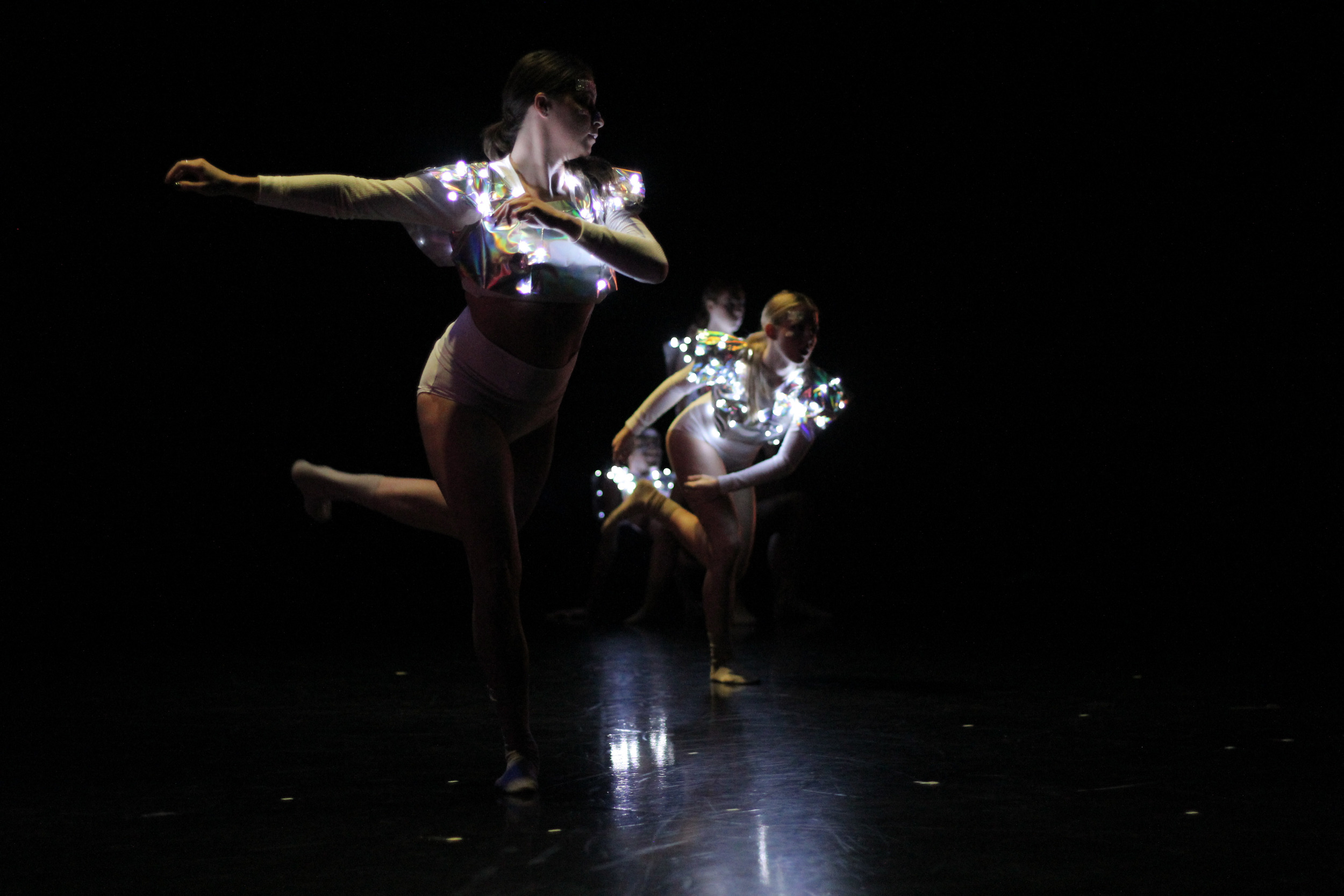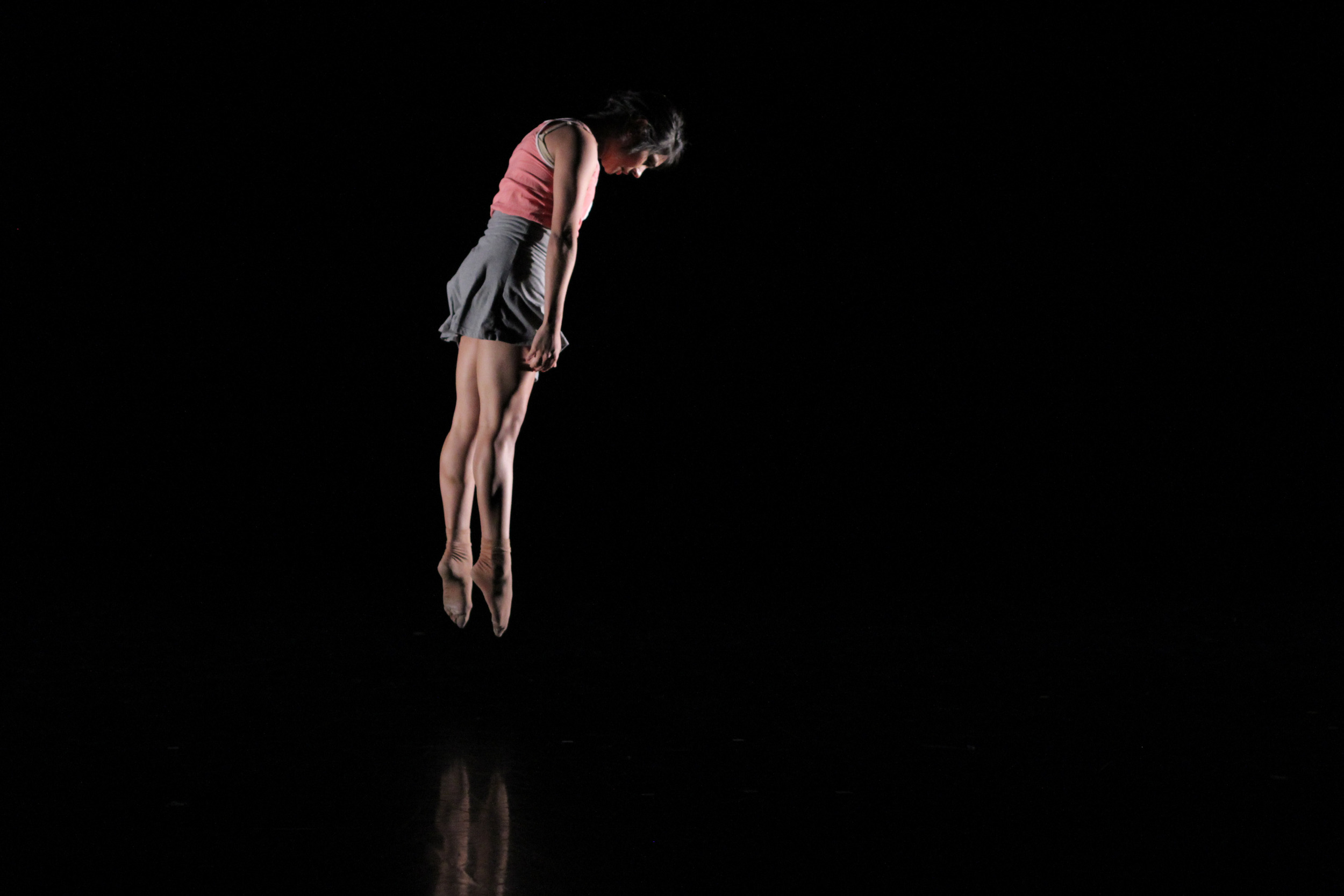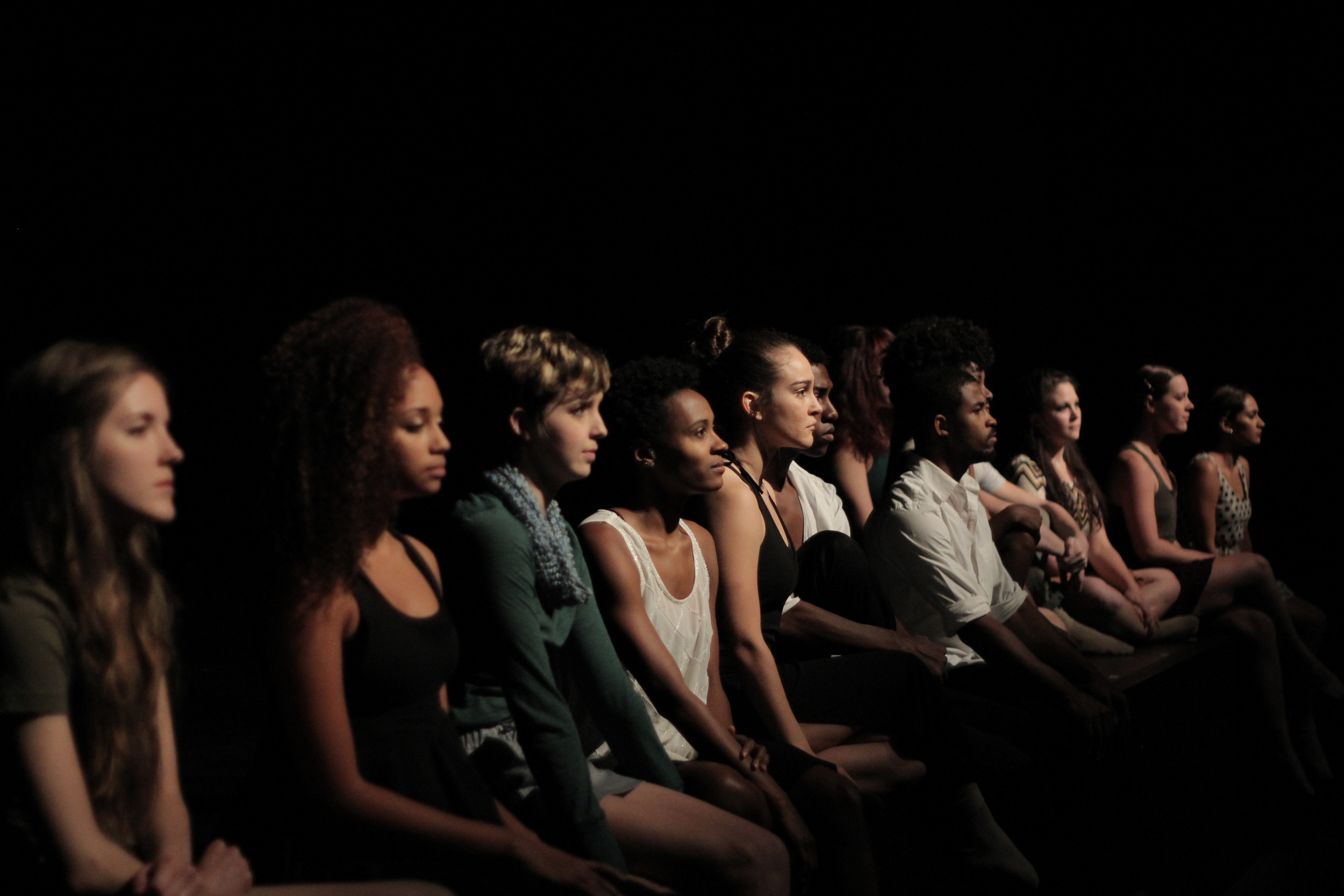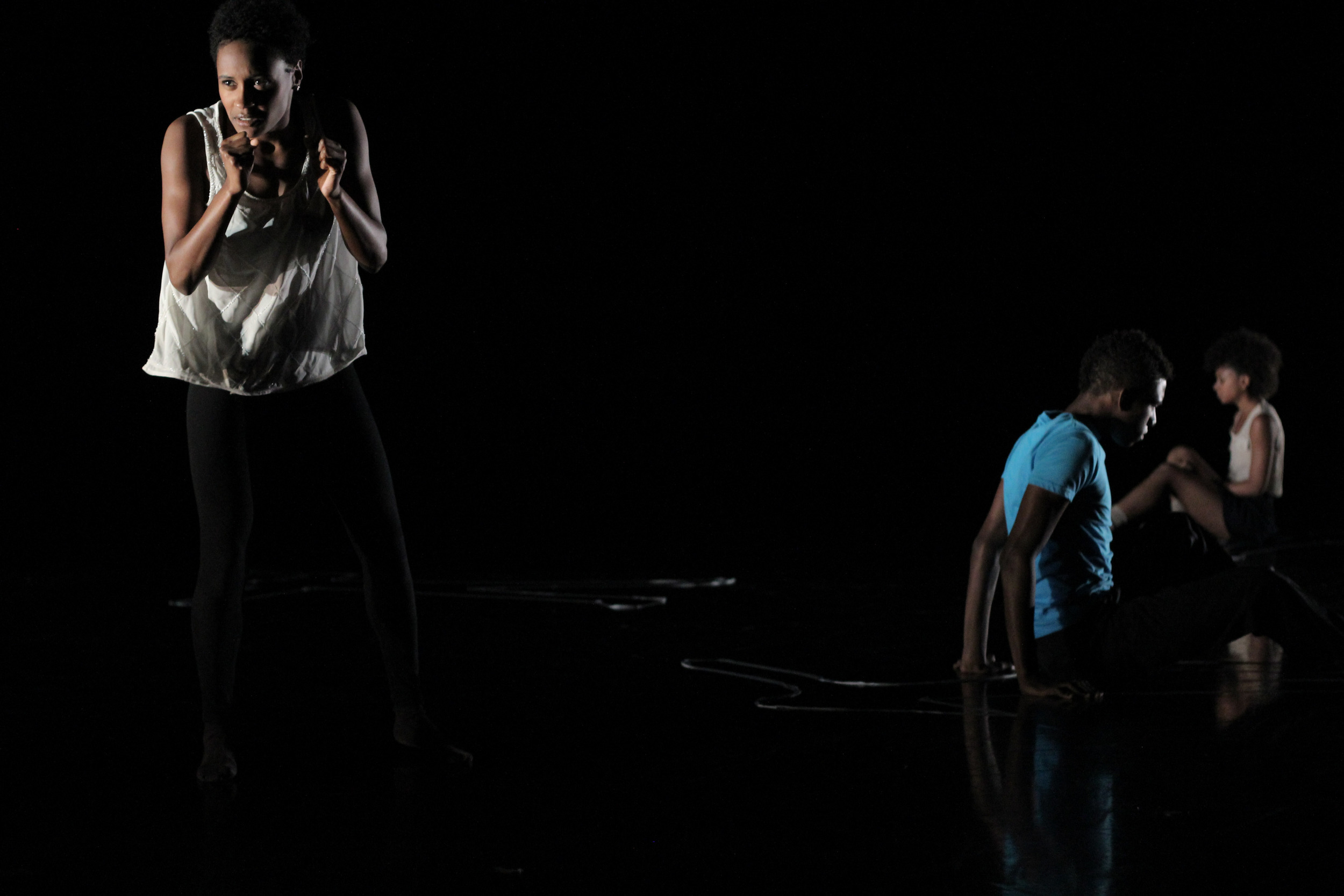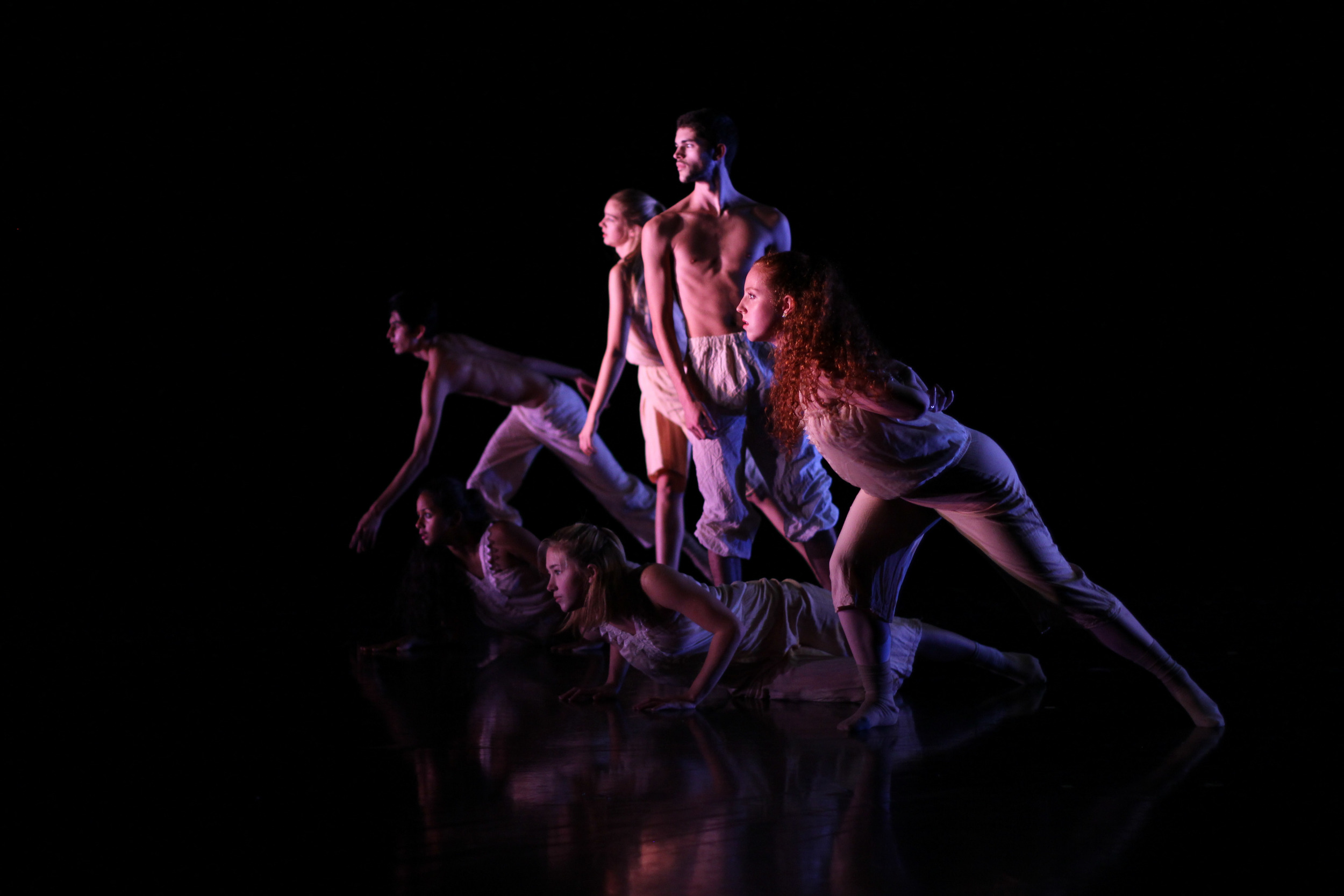


The Art of Moving
Life is motion. Without motion, there’s only death. The art of movement, therefore, is the art of dealing with life and death. These opposite forces push and pull on our body, yet the flesh is also the only site where they can co-exist in harmony. This coherence and contradiction is what drive us on our search to find meaning of life all the while trying to make peace with its own futility. As a choreographer, I’m interested in finding vocabulary to portray and embrace this existential ambiguity, calling into question what we consider important and how we can embody earnest values. Though we may decide how to move our bodies, our movements are the ones transcending us. In the sacred temple that is theatre, where the corporeal flesh is propelled beyond its physical limits, where its fragility is being confronted by the gaze of hundreds and thousands, our masks will eventually shatter and our truth will inevitably prevail. The stage is a battleground where we fight ourselves, and our body is the comrade we need who will see to truth our own desire.

The Art of seeing
If we only look within ourselves through moving and feeling in order to understand our relationship with life and death, then we risk falling deep into the abyss of self-indulgence. We need to look outward to see because to see is to take in, to empathize, to relate, and to acknowledge those being seen. To see is to be able to perceive, to locate oneself within a community, because our question regarding life and death cannot be answered without a communal anchor.
However, in the virulent culture of social media and spectacle where things are being multiplied and projected into grandiose images and messages, seeing becomes redundant, insignificant. Seeing has been manipulated by the ruling class into a tool that keeps us in chain, for seeing and consuming spectacle facilitate false desires, deviating us from ourselves and our spiritual needs. We need to step back from seeing relentless trivia so that we can practice seeing in details - with scrutiny, with emphasis, with curiosity, with significance, and with urgency. Photography, for me, does exactly that. It allows me to recognize that everything is swift and yet whole in itself. It demands me to embrace life’s impermanence and volatility. It challenges me to connect with whom I photograph. It requires me to stay present, vulnerable, focused, because how else would one be able to relate to and understand another person!? An excellent tool for memory safe-keeping, photography truly serves its wonder as an instrument for connection and empathy.

The Art of meaning making
Film is perhaps the most outward representational art form that I practice, for the reception of the work is inherently distant from the performance in front of the camera. The immediacy of the theatre and the urgency of photography is no longer there. In fact, filmmaking requires thorough contemplating and meticulous planning, neither of which reflects our essence of being. That being said, this seemingly artificial practice of filmmaking truthfully and ruthlessly reveals our way of living, our need to survive, and our desire to fabricate our own spectacle. Regardless, film furthers its differentiation from other medium through its heavy but elegant use of juxtaposition, opening up many possibilities to our meaning making process. If choreography is where I try to cultivate meaning through performance, and photography is where meaning is found in connection with others, then film bridges the gap between the two - it allows meaning to form in the liminal space between fragmented images that camera creates (the photographic) and continual reality of human’s psyche and physicality (the performative). The dream state that the images cultivate must always accompany the concrete truth of corporeality. This incongruity that film demands can make its process feel dictatorial, yet only in its nuance that internal experience and external perception meets, inward feeling and outward empathy exchanges. With film, the discrepancy between these dichotomies is no longer a barrier, but a vessel for ideas and compassion to grow. This vessel then becomes a playground for us to reflect on our relationship with life and death, as well as on our unchangeable past and unknown future. While our expectations and desires are moving us forward and away, our reflection will bring us back to our dearest origin and beloved selves.

